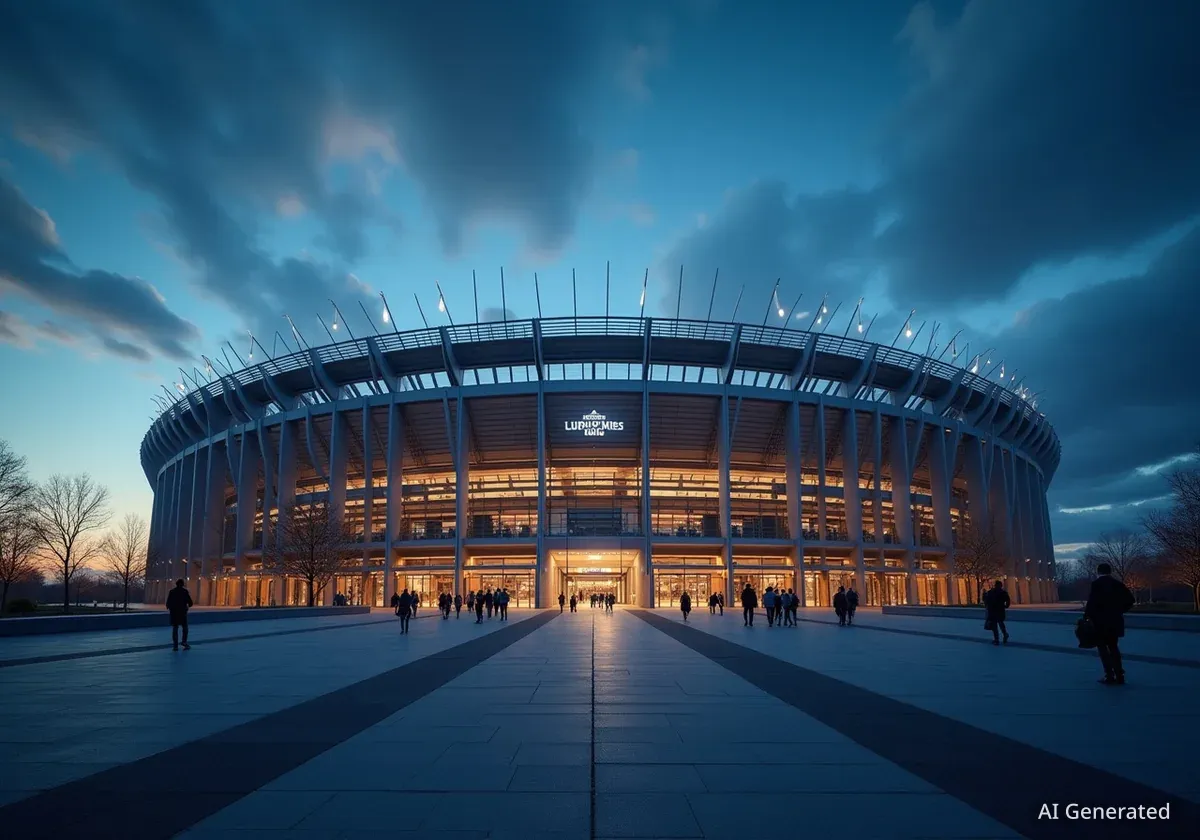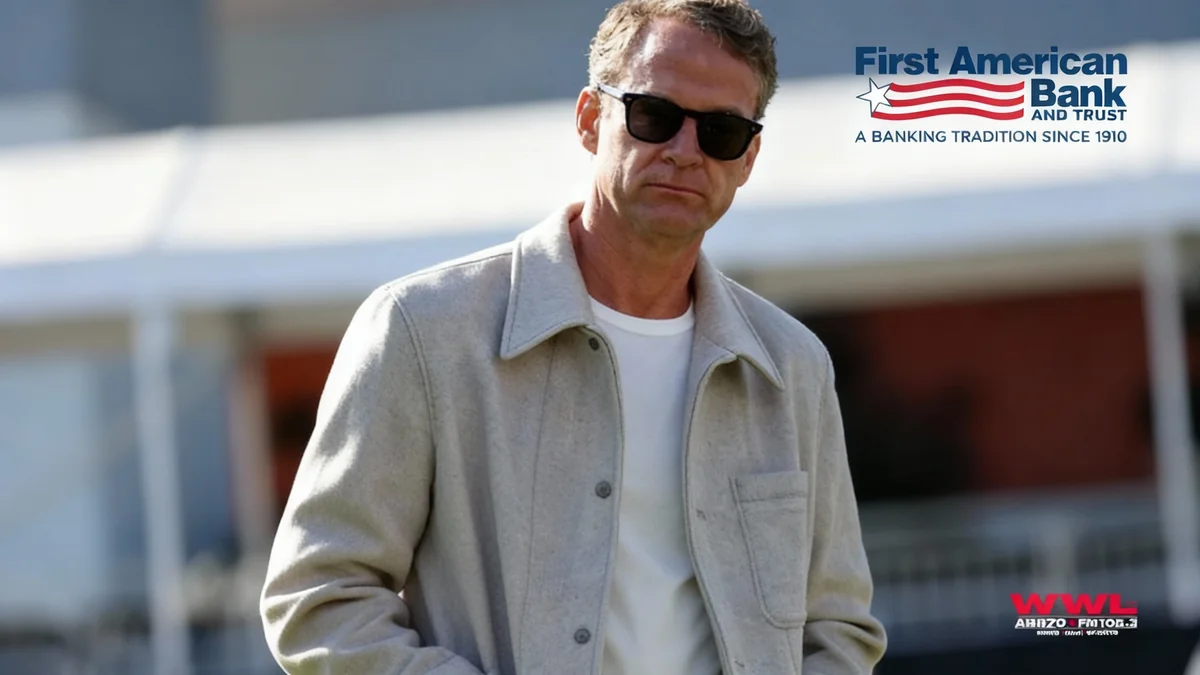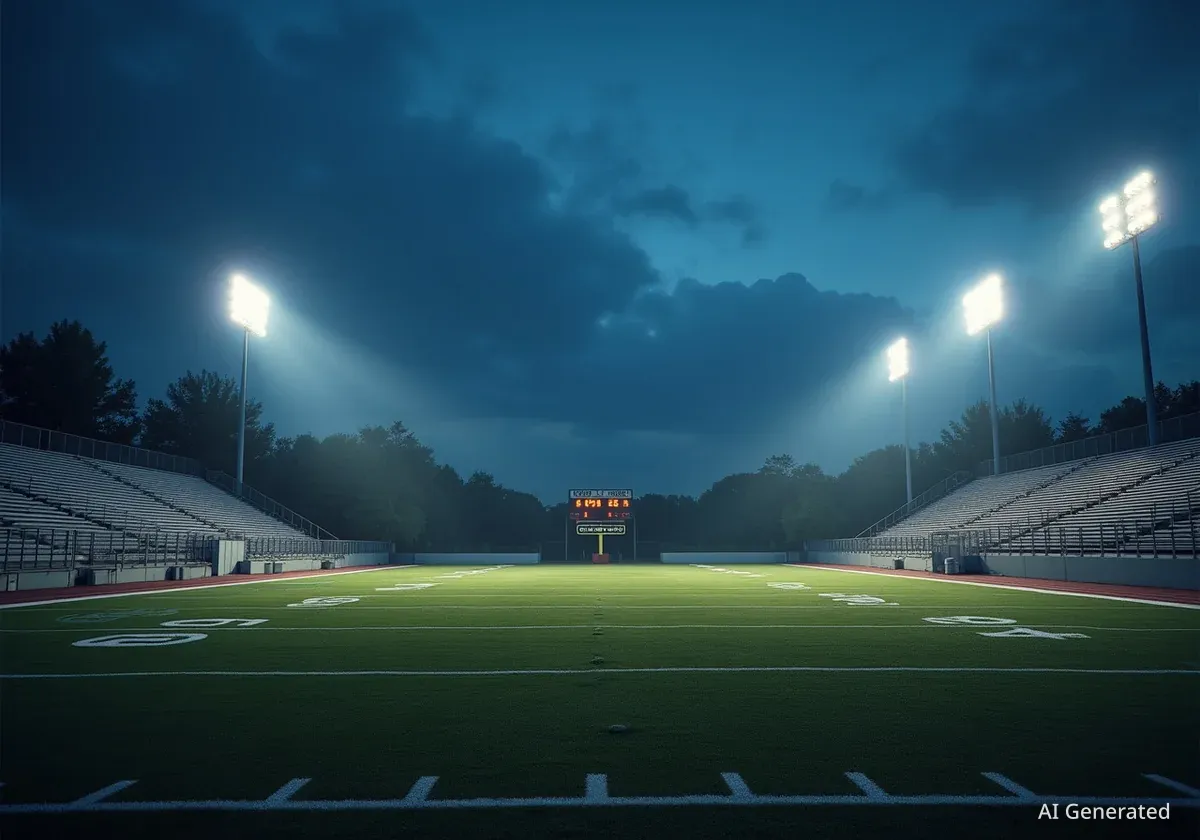The Prince Moulay Abdellah Stadium in Rabat has officially opened as Morocco's new national sports venue. Crown Prince Moulay El Hassan inaugurated the stadium on September 4, 2025. Designed by Populous, the facility has a capacity of 68,700 spectators. This redevelopment positions the stadium as a key site for major international sports events, including the upcoming 2030 FIFA World Cup.
The National Agency for Public Facilities of Morocco oversaw the project. The stadium meets strict FIFA standards. This allows it to host matches up to the semi-finals of the 2030 FIFA World Cup. The new structure replaces the original stadium built in 1983.
Key Takeaways
- Prince Moulay Abdellah Stadium is Morocco's new national venue.
- It opened on September 4, 2025, with Crown Prince Moulay El Hassan present.
- Populous designed the 68,700-seat stadium.
- The facility meets FIFA standards for major international events.
- It will host matches for the 2025 Africa Cup of Nations and the 2030 FIFA World Cup.
Rapid Construction and Design Innovation
The construction of the Prince Moulay Abdellah Stadium was completed in just 24 months. This rapid development was a joint effort between Populous and the Moroccan construction company SGTM. Populous coordinated its design teams across several international offices. This ensured smooth integration with local construction methods and timelines.
The stadium features modern broadcast facilities. It also includes expanded hospitality areas. A unique 360-degree roof provides shelter from wind. This design element also enhances acoustics inside the stadium bowl, creating a more immersive experience for fans.
Stadium Facts
- Capacity: 68,700 spectators
- Construction Time: 24 months
- Facade Material: 19,200 champagne-colored aluminum triangles
- LED Lighting: 70 kilometers of integrated LED strips
- Key Feature: One of Africa and Europe's largest single fan sections (23,000 seats)
The design prioritizes atmosphere and proximity. Stands are placed as close to the pitch as possible. This layout aims to strengthen the connection between players and supporters during matches.
The southern end of the stadium features a two-tiered stand. This section has a capacity of 23,000 seats. It stands as one of the largest single fan sections in both Africa and Europe. The upper tier cantilevers eight meters over the lower level. This design choice intensifies the spectator experience.
Premium Seating and Public Access
The west side of the stadium houses the Royal Box. It also includes VVIP and VIP areas. The east side offers a variety of lounges and skyboxes. Skyboxes on level two form a continuous U-shaped ring. These provide direct views of both the field and the south stand, further enhancing the immersive atmosphere.
Beyond the main stadium structure, the surrounding forecourt has been developed into a new public space. This area is connected by a newly built railway station. The station improves access via public transportation. It also links the stadium to the nearby districts of Hay Riad and Akkari.
"The design emphasizes atmosphere and proximity, with stands placed as close to the pitch as possible to enhance the connection between players and supporters."
Rabat's Urban Development
Rabat, the capital of Morocco, is undergoing significant urban development. The new stadium is part of broader efforts to modernize infrastructure and enhance public spaces. These projects aim to support the city's role as a cultural and sporting hub in the region.
Architectural Details and Cultural Inspiration
The stadium's facade incorporates parametric design. This reflects Rabat's natural and cultural heritage. The design draws inspiration from interlaced palm leaves found along the city's boulevards. It also references traditional Moroccan ornamentation, such as Fez embroidery.
The golden structure consists of 19,200 champagne-colored aluminum triangles. Each triangle has a unique dimension. The facade covers an area of 100,000 square meters. At sunset, 70 kilometers of LED strips, integrated into the geometry, illuminate the structure. This creates a dynamic visual effect as the stadium opens towards the Atlantic Ocean.
Rising from Rabat's southern green belt, the shimmering exterior integrates the stadium into both its natural landscape and the city's expanding infrastructure.
Future International Events
The Prince Moulay Abdellah Stadium will host several major events soon. It is set to host the opening match, semi-finals, and final of the 2025 Africa Cup of Nations, starting in December. Later that year, it will also be a venue for the FIFA U-17 Women's World Cup.
Looking further ahead, Morocco will co-host the 2030 FIFA World Cup alongside Spain and Portugal. This makes the Prince Moulay Abdellah Stadium a critical venue for one of the world's largest sporting events.
In parallel, Populous is also designing another significant project in Morocco. In collaboration with Oualalou + Choi, they are working on the Grand Stade Hassan II in Benslimane. This planned venue will have 115,000 seats. It is intended to become the world's largest football stadium. It may host the opening or final match of the 2030 FIFA World Cup.
Populous's Global Impact
Populous is an international firm known for its expertise in sports and stadium architecture. The company has recently unveiled several projects worldwide. In Lisbon, Portugal, Populous is collaborating with Saraiva + Associados to redesign the master plan for the Estádio da Luz.
In Malaysia, Populous has partnered with HIJJAS Architects + Planners. They are designing the new Shah Alam Sports Complex in Selangor. Additionally, the municipality of Venice, Italy, announced an 18,500-seat stadium designed by Populous. This stadium is planned for the Bosco dello Sport in Tessera. It will host football, Serie A rugby, and large-scale events like concerts.
According to industry reports, Populous continues to shape the global landscape of sports and entertainment venues. Their projects often blend advanced design with local cultural elements, creating iconic structures for host cities.




